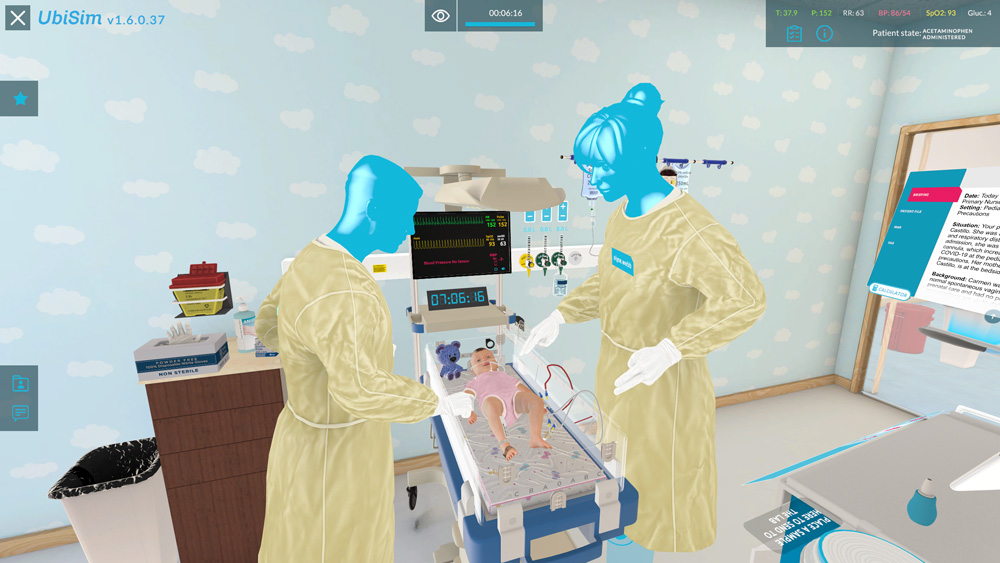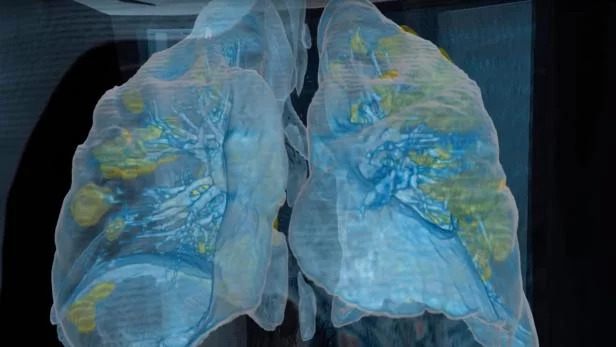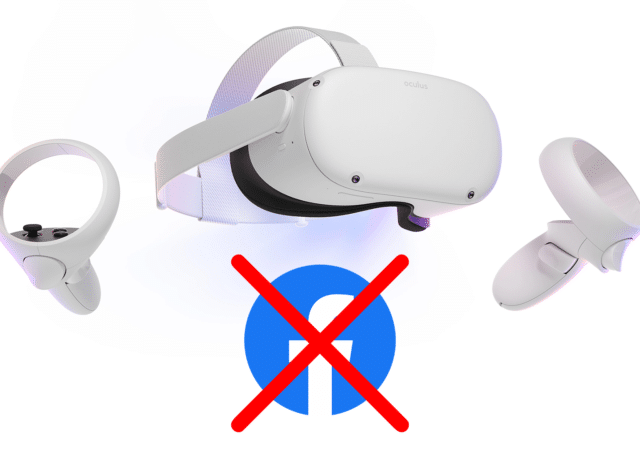The World Economic Forum has outlined three skills that students will need for the jobs of the future. These soft skills may seem like extras, but they’re core to learning and preparing students for careers, especially in the medical field. We’d love to share how UbiSim can help nursing students develop these three skills for success in their future roles.
Three skills for jobs of the future:
- Collaboration
- Adaptability
- Problem-solving
1. Collaboration
UbiSim, the immersive VR training platform for nursing, is all about collaborating with peers and instructors. We have two models for using our immersive virtual reality: the peer-to-peer model and the faculty-led in the classroom.
Peer-to-Peer Model
Peer-to-peer learning teaches students teamwork, communication, and collaboration skills. Educators have the flexibility to choose the size of the peer group that best fits their situation. When using UbiSim, many educators choose to run the peer-to-peer model in groups of two or three students. Using a group of three peers as an example, the students will rotate between participating in the VR scenario, operating the standardized patient dialog on the computer, and taking notes during the simulation as an actively engaged observer. Each student has a defined role during the simulation experience and remains actively engaged even when they are not immersed in the VR scenario.
Faculty-Led in a Classroom
While one student is immersed in the VR scenario, a faculty facilitator triggers customized patient dialog from the computer. A group of actively engaged student observers watches the simulation unfold and take structured notes on what occurs during the scenario. Educators can pause the scenario at key moments so the participant(s) and observers can reflect in action and collaborate on the nursing care of the virtual patient.
Community Sharing
Our platform also has a Community Sharing feature where instructors can share scenarios and learning materials. Educators and simulationists across the globe can access our repository, where they are able to share their scenarios with the UbiSim community and use the ones designed by fellow UbiSim partners.
2. Adaptability
Nurses will see all different kinds of patients with varying needs and circumstances. Often these patients are under a great deal of stress given that they usually have a medical issue. Nurses need to be able to deal with uncertainty, sudden changes, and unfamiliar circumstances under pressure. They have to anticipate circumstances such as a difficult family member or patient.
Nurses also have to deal with common experiences such as patients’ vital signs changing, new labs, new meds, and questions by patients and family members that bring urgency.
UbiSim can help prepare them. UbiSim learners work with realistic and challenging scenarios that they might not have encountered in part of their training before. One example is a female patient experiencing tachysystole during labor. This is unexpected and can be emotional to navigate. UbiSim gives nurses-in-training the chance to experience something like this and manage their reaction to it as well as think critically and use clinical judgment.
3. Problem-solving
Nursing students will be expected to have problem-solving skills to best serve their patients. There’s a built-in formula for nursing problem-solving. UbiSim uses the NCSBN Clinical Judgment Measurement Model, a staple for nursing clinical judgment and decision-making. In UbiSim, learners practice the six cognitive steps of clinical judgment, which prepares them for the Next Generation NCLEX (NGN) and SAFE clinical practice:
- Recognize Cues – Nurses recognize cues to determine what matters most in the healthcare setting.
- Analyze Cues – The next step is for learners to analyze the recognized cues and link them to the patient’s clinical presentation.
- Prioritize Hypotheses – When prioritizing hypotheses, UbiSim learners identify the most likely and the most serious explanations. This prioritization guides the patient’s plan of care.
- Generate Solutions – In UbiSim, learners are challenged to generate solutions and identify priority interventions.
- Take Action – UbiSim challenges learners to take actions that address the highest patient priorities.
- Evaluate Outcomes – Learners can evaluate outcomes and determine if their actions were effective, comparing observations against expected outcomes to determine if the patient is improving or declining. They can also determine if more interventions are needed to address the patient’s needs.
At UbiSim, our mission is to make immersive virtual reality practical and useful for nursing education. We aim for our technology to bridge the gap between knowledge and application.
Quelle:




